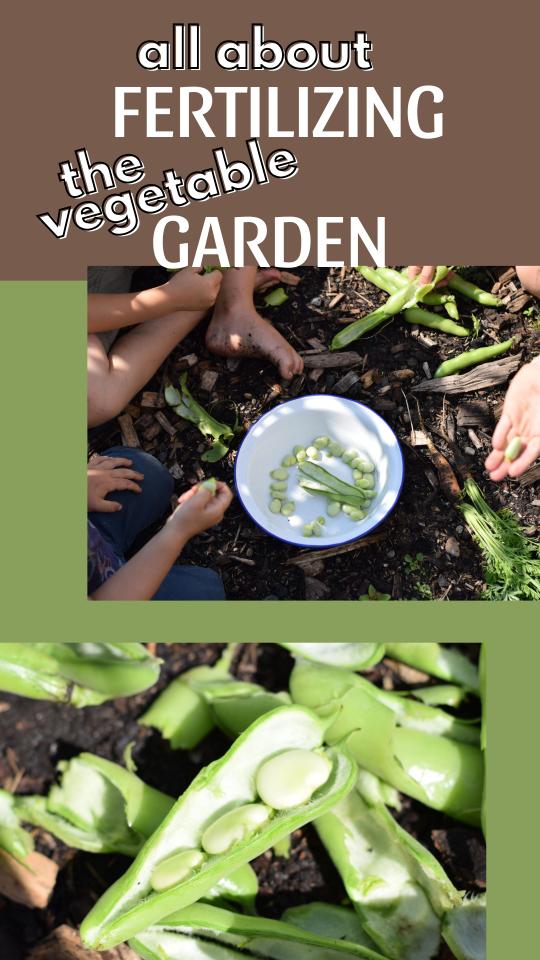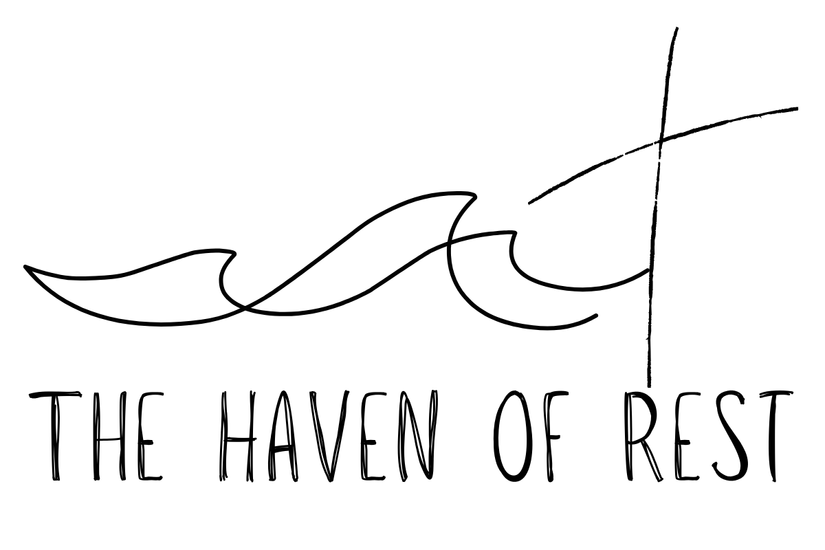
Written by: Tahnee Wientjes
A nutrient-rich soil will produce strong, disease-resistant plants. And, not the least important, healthy greens! Fertilizing your soil will result in a thriving vegetable garden. Learn about different types of fertilizers and find the best fertilizer for a thriving vegetable garden this growing season.
Table of Contents
Types of Fertilizers
There are many different types of fertilizers to choose from. For our vegetable garden, and our garden in general I always like to choose a natural fertilizer. We do have a designated vegetable garden space, but we have apple trees, Japanese pears, and different herbs throughout the garden.
Natural fertilizers, derived from organic sources, enrich the soil while minimizing environmental impact and making sure you’re veggies are “clean”. A balanced fertilizer ensures that plants receive the essential nutrients they need in the right proportions, promoting overall plant health and disease resistance.
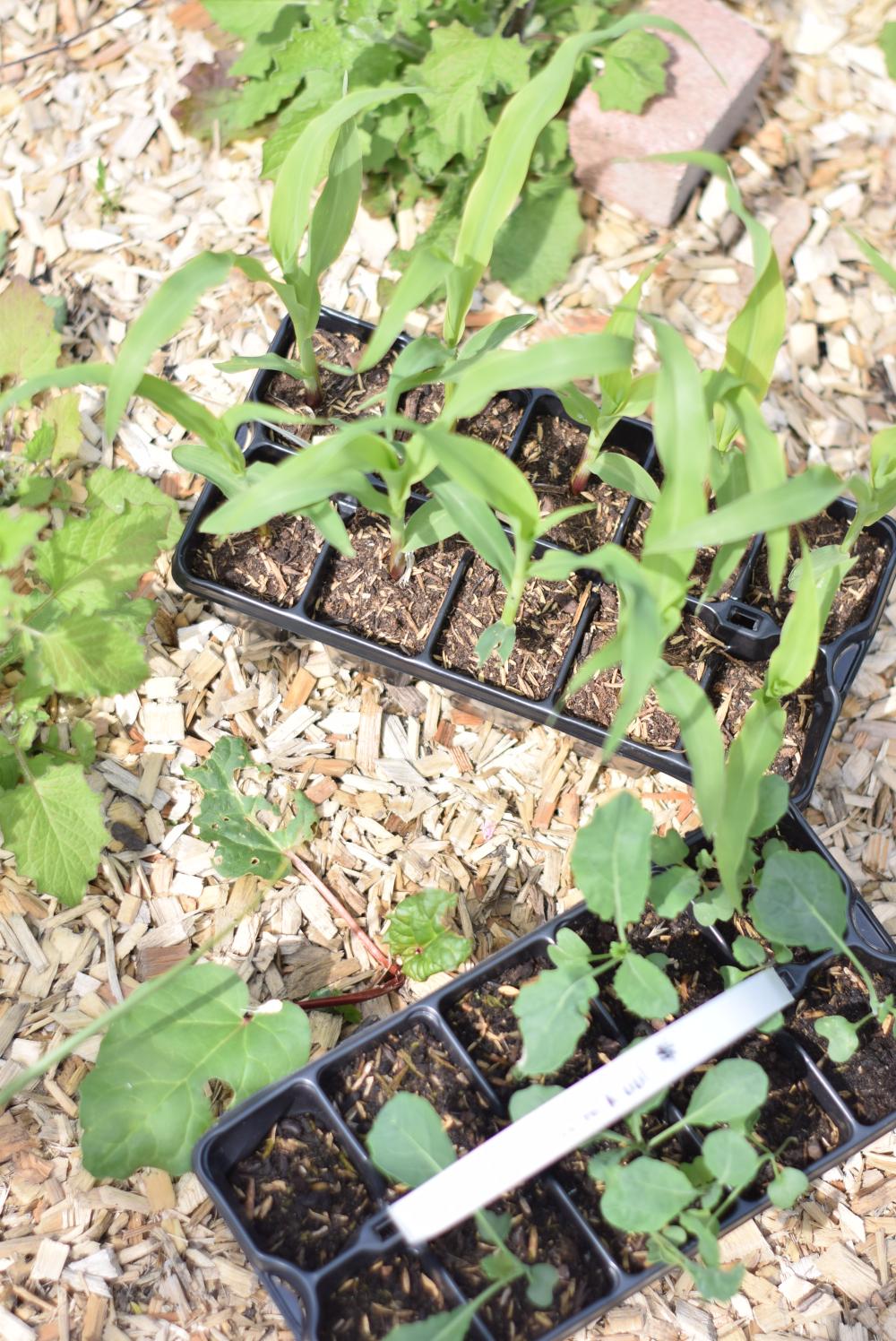
Organic and Inorganic Fertilizers
You can buy organic fertilizers and inorganic fertilizers. Organic fertilizers are made up of animal or plant parts, and inorganic fertilizers are made from rocks minerals, etc.
Both types of fertilizer have unique properties that can be beneficial to your (vegetable) garden. I believe natural fertilizers, such as mineral-containing rocks like lava rock are the best choice.
Granular, liquid, and, dry fertilizers
When it comes to nurturing your garden, choosing the best fertilizer is paramount. Among the options available are granular fertilizers, which provide a slow release of nutrients over time, promoting steady growth.
Liquid fertilizers offer a quick nutrient boost, ideal for addressing immediate plant needs. For those seeking a low-maintenance solution, slow-release fertilizers are an excellent choice, delivering nutrients gradually for long-lasting nourishment.
Dry fertilizers, on the other hand, are versatile and easy to store, offering convenience since you can easily spread them evenly in your garden.
Lawn fertilizers
Lastly, lawn fertilizers are specially formulated to meet the unique needs of grass, ensuring lush, green lawns. Alternatively, organic products offer a sustainable approach to fertilizing, fostering soil health and supporting eco-friendly gardening practices.
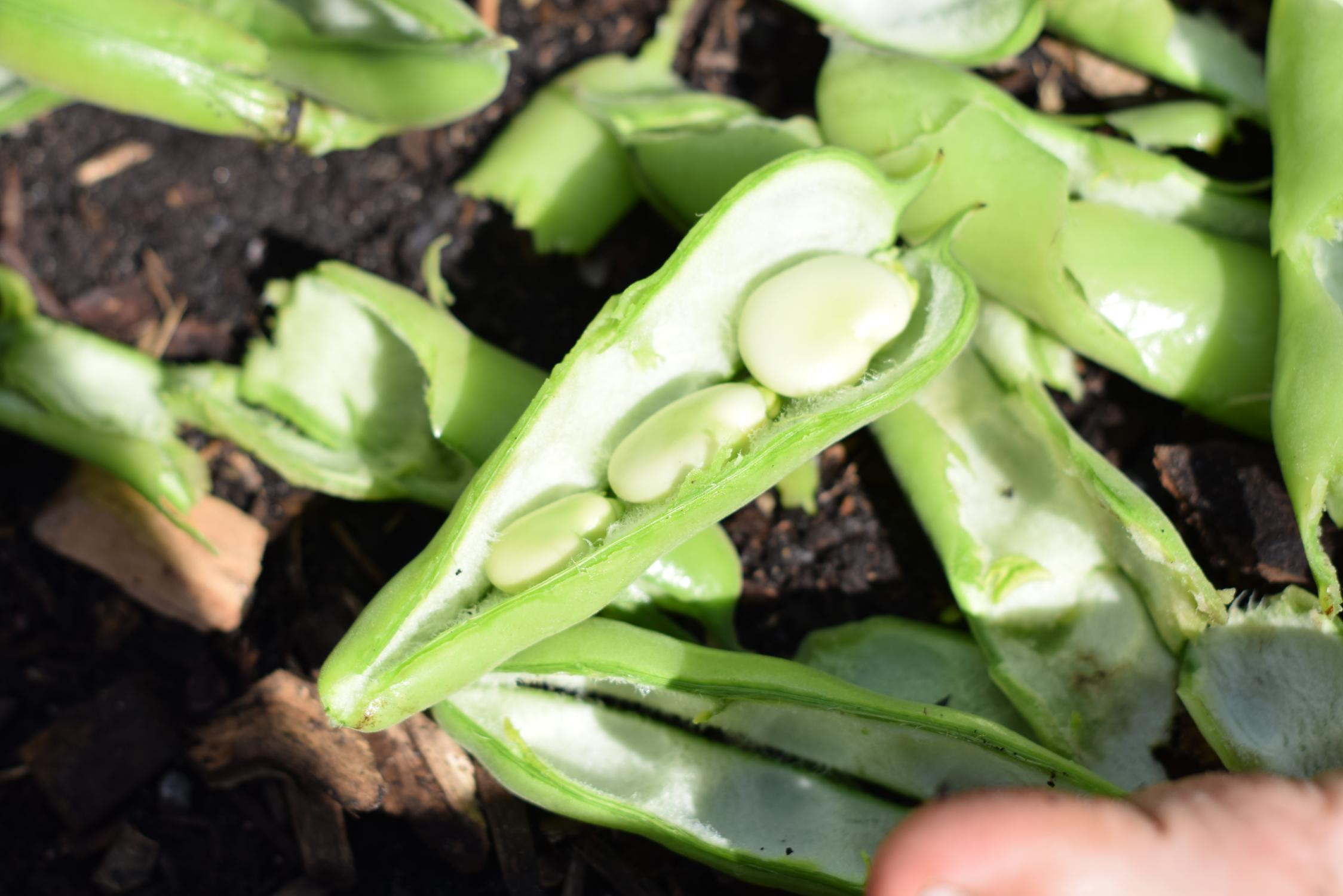
In summary, the choice of fertilizer depends on your gardening goals, preferences, and values. I would personally not use chemical fertilizers or synthetic fertilizers, since there are plenty of natural alternatives. Also, adding organic matter like compost adds necessary nutrients to the soil.
Whether you opt for granular, liquid, slow-release, dry, natural, balanced, lawn, or organic products, each offers its own set of benefits to help your garden thrive.
Essential nutrients for vegetable plants
Ensuring that your vegetable plants receive essential nutrients is vital for their health and will provide you with healthy vegetables from your garden.
Nutrient deficiencies in your vegetable plants can hinder growth and yield, so it’s very beneficial to understand the major nutrients required by your plants. These necessary elements, such as nitrogen and phosphorus, play key roles in plant development.
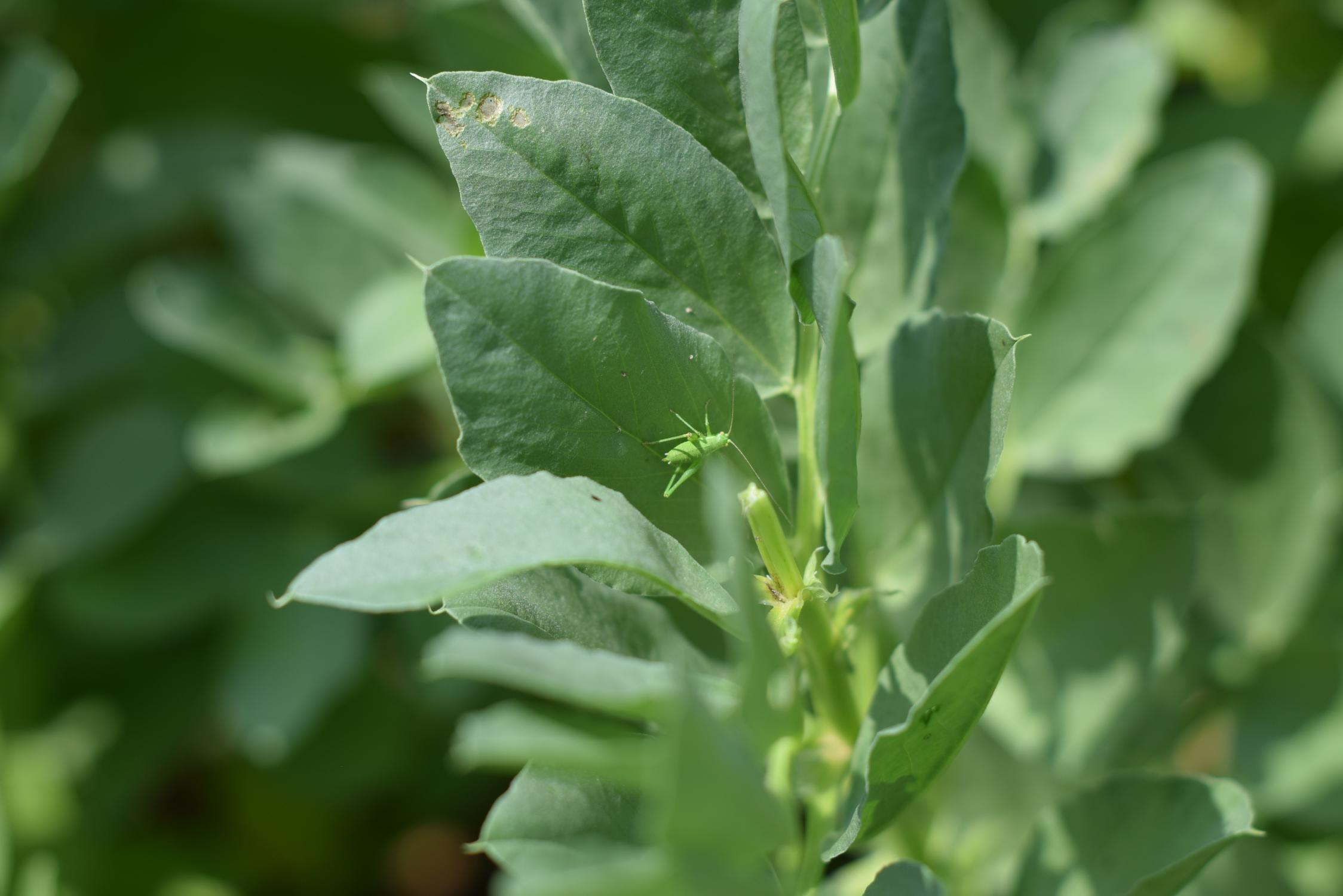
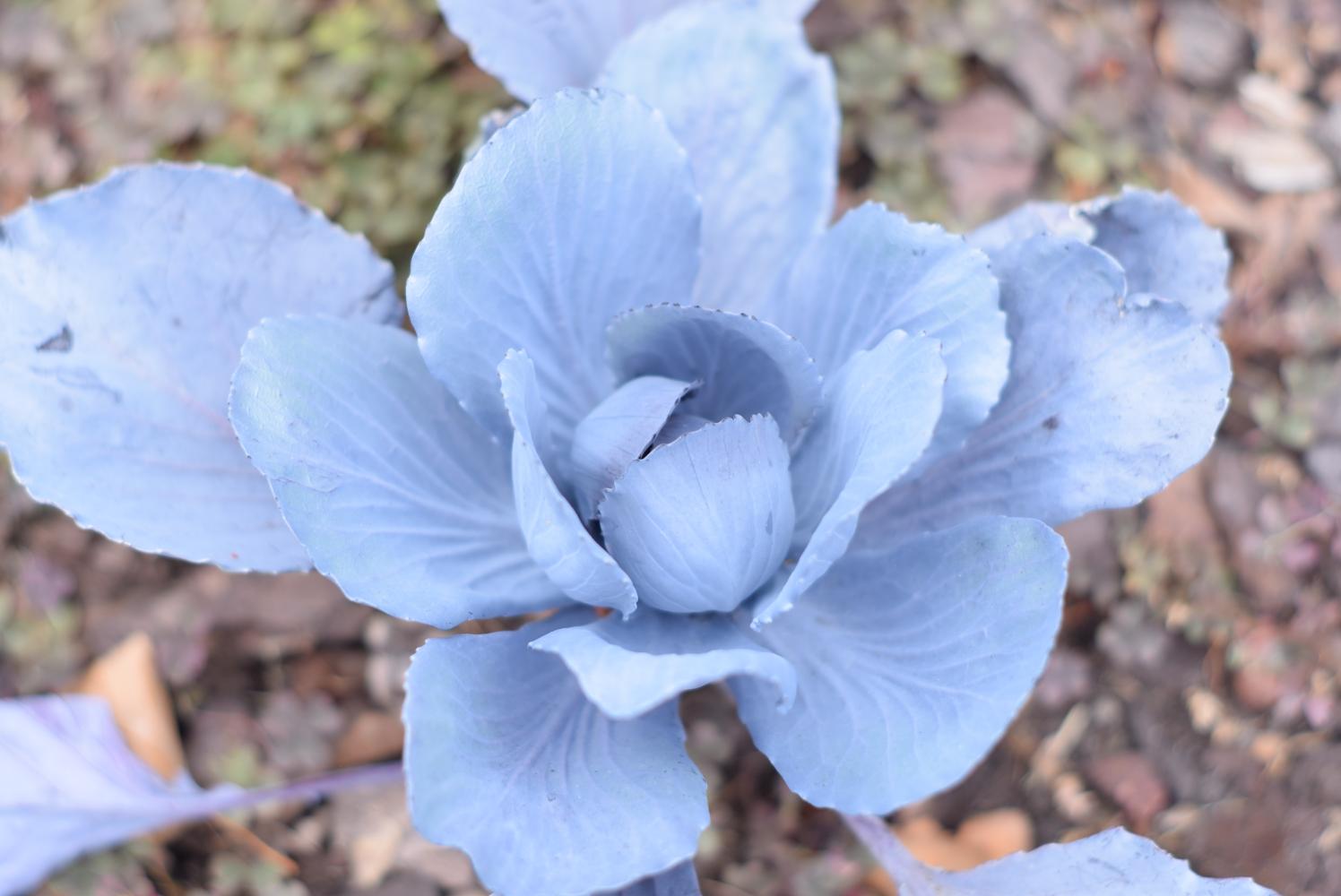
Vegetable plants, often heavy feeders, require ample amounts of nutrients to thrive. A complete fertilizer provides a balanced blend of essential elements, including nitrogen, phosphorus, and potassium, to meet their needs. Nitrogen, in particular, is vital for healthy foliage growth, with plants often requiring significant amounts for optimal development.
When fertilizing, it’s essential to consider the pounds of nitrogen needed per area and the percentage of nitrogen in the fertilizer. Similarly, phosphorus is crucial for root development and overall plant vigor, making it another essential nutrient to monitor.
If you understand the main nutrients required by vegetable plants, you can tackle any deficiencies and ensure that your garden thrives. When you provide much-needed nitrogen or balance phosphorus levels, you’re optimizing nutrient availability which is key to maximizing your vegetable garden’s harvest at the end of the growing season.
Soil Testing and Analysis
Soil testing and analysis are fundamental steps in understanding and optimizing your garden soil’s health and productivity. By taking a soil sample and sending it to a reputable soil testing lab, you can obtain valuable insights from the soil test report and results.
These reports typically include information on soil structure, type, pH level, and nutrient concentrations.
Analyzing the soil structure helps assess its drainage capabilities. Well-drained soil is essential for healthy plant growth.
Understanding the inches of soil available for root development is also crucial for selecting appropriate plants and optimizing nutrient uptake.
Soil health, including its pH level and nutrient content, plays a significant role in plant growth and vitality. Monitoring the amount of nitrogen and other essential nutrients in the soil helps ensure that plants have access to the nutrients they need for optimal growth.
Lower concentrations of nutrients in the soil can indicate deficiencies that need to be addressed through fertilization. Additionally, paying attention to the soil surface and its condition can help identify issues such as compaction or erosion that may affect plant growth.
By conducting thorough soil testing and analysis, you can make informed decisions about soil amendments and fertilization practices, which will lead to a healthier and more productive vegetable garden.
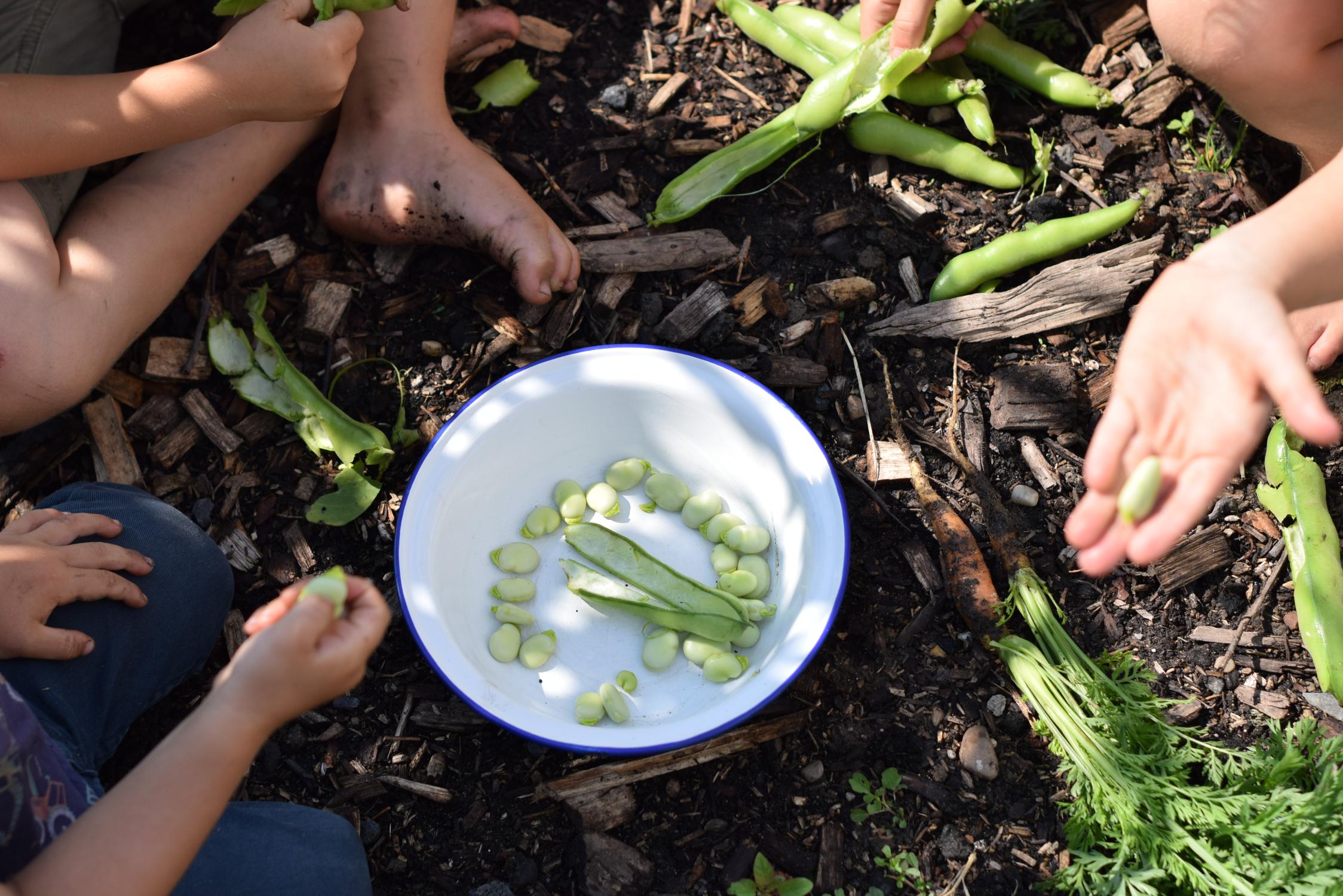
Give yourself a head start this growing season with this FREE garden planner.
Includes…
- Planting Schedule
- Seed lists
- Planting Table
- Garden Layout
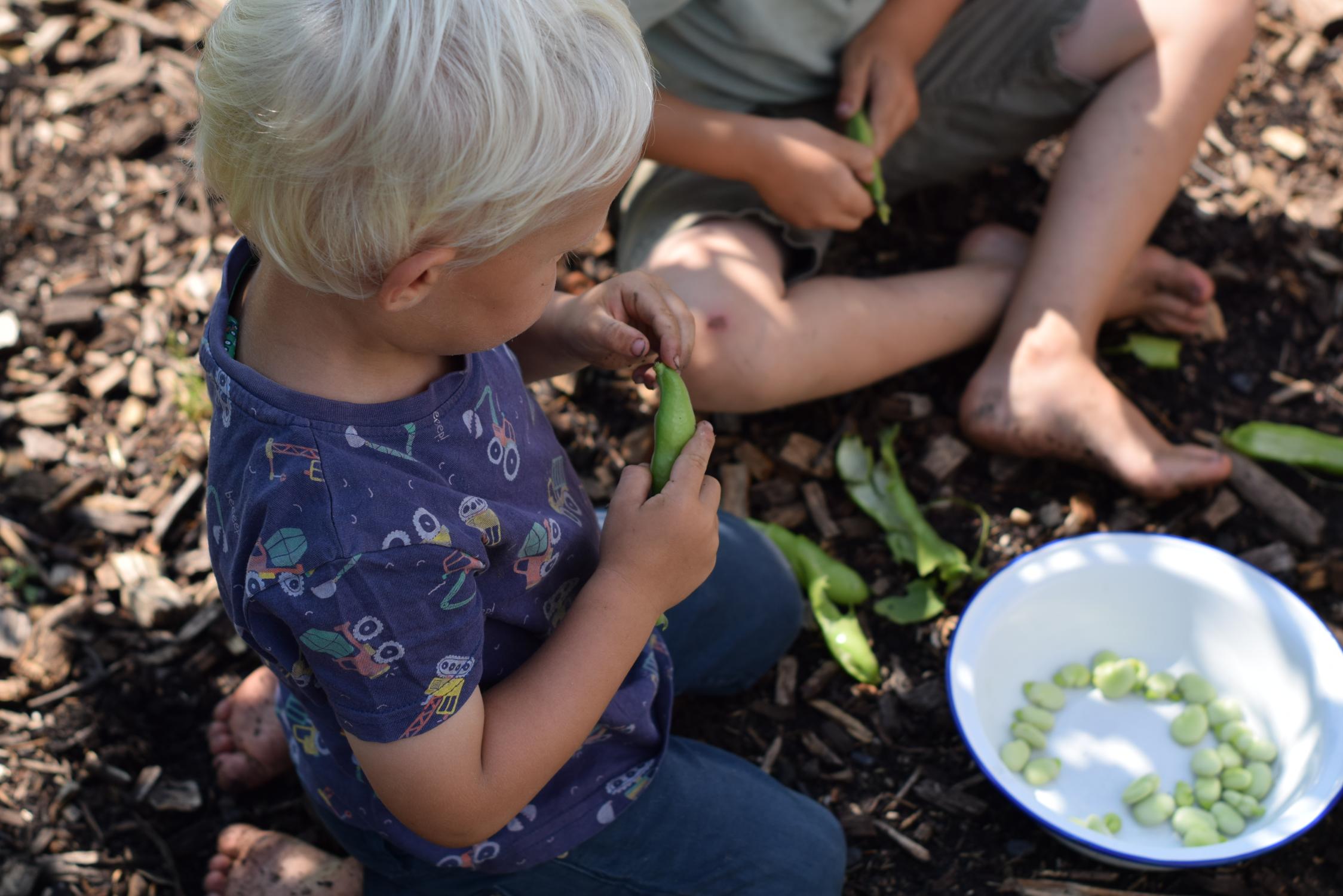
Fertilizer application techniques
Proper fertilizer application techniques are essential for ensuring optimal plant growth and health in your garden.
Determine the amount of fertilizer to use on factors such as plant type, soil conditions, and nutrient requirements. Make sure you select the right type of fertilizer, whether granular, liquid, or slow-release. It’s crucial for meeting your plants’ specific needs.
Applying too much fertilizer can lead to nutrient imbalances, so it’s essential to follow recommended guidelines and avoid overapplication. Additional fertilizer may be necessary during the growing season to replenish nutrients depleted by the plants as they start producing fruits or growing the parts of the vegetable plant that you can eat.
When applying fertilizer, consider using various application methods such as broadcasting, banding, or foliar spraying, depending on your garden’s layout and plant needs. Row applications and side dressing are common techniques for delivering fertilizer directly to plant roots, ensuring efficient nutrient uptake.
Remember to water your plants after fertilizing to help nutrients penetrate the soil and reach the roots effectively. Choosing the right fertilizer for your garden involves considering factors such as nutrient content, release rate, and environmental impact.
Never fertilize on a very sunny day as this may damage the plant. The plants can burn because of the heat of the sun in combination with the fertilizer.
By fertilizing your plants at the right time during the growing season you will have healthy plant growth and your garden will be as productive as can be.
Natural fertilizers
Organic fertilizers offer a natural and sustainable way to nourish your garden while enriching the soil. Derived from organic materials like bone meal, blood meal, and fish emulsion, these fertilizers provide essential nutrients for plant growth without synthetic chemicals. They are especially beneficial for sandy soils because they can improve soil structure and moisture retention.
Ideal for leafy greens and vegetables, organic fertilizers such as manure tea and grass clippings promote healthy foliage and robust growth.
Wood ash adds potassium and helps balance soil pH, while fresh manure enriches the soil with valuable nutrients.
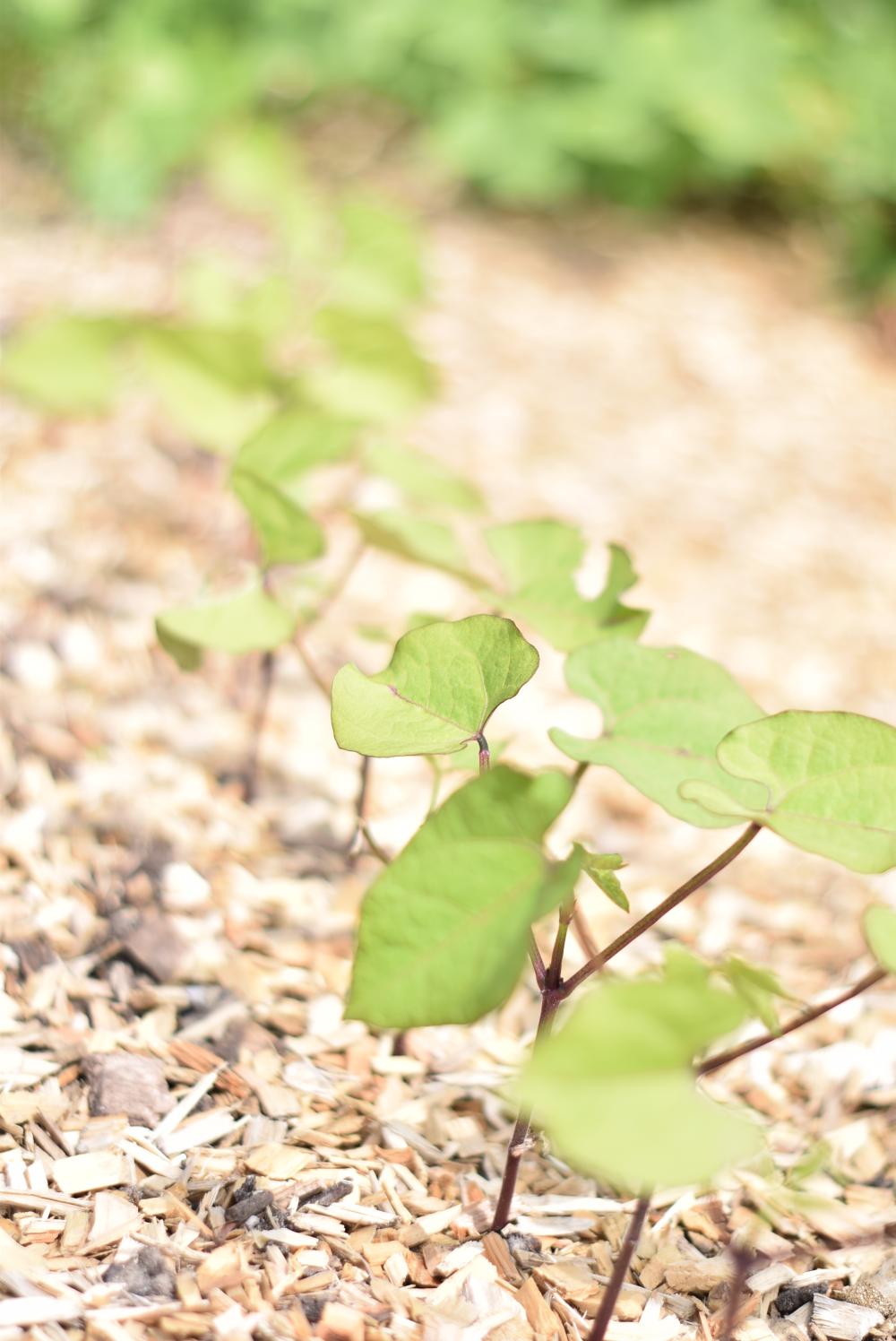
Best practices for a thriving vegetable garden
As you’ve striving for the best possible produce and harvest at the end of the growing season. Try different fertilizers and experiment with different plants and types of fertilizer.
Consider factors such as square feet of garden space and feet of row when planning your layout. Early spring marks the best time to start, ensuring optimal results and healthy growth throughout the season.
Consider factors like planting time, watering frequency, and soil enrichment methods. Each garden is different so try and test what works best for your garden.
When selecting plants for your garden, consider their individual needs and preferences. Pay attention to signs of health, such as the green color of leaves, and address any issues promptly, such as pale leaves indicating nutrient deficiencies.
Healthy plant roots are key to overall plant vigor and resilience. Make sure the soil is nutrient-dense yet the soil should be light enough for the roots to grow.
In regions prone to heavy rain, consider strategies for managing excess moisture to prevent waterlogging and soil erosion.


End note
Above all, enjoy being outdoors! See the beauty in the little things and start small.
An acre of vegetable garden space is great, but growing your herbs on the window sill can be equally satisfying.
Save for later…
